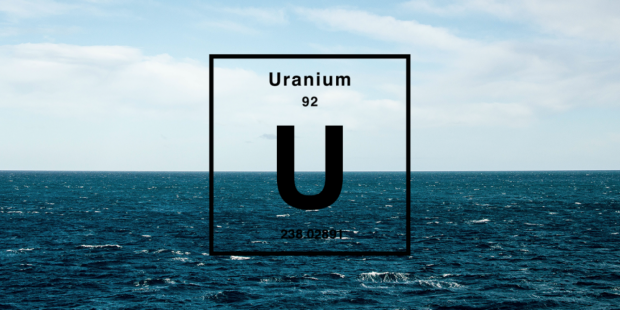
Breaking News
 2 Hours of Retro Sci-Fi Christmas Songs | Atomic-Age Christmas at a Snowy Ski Resort
2 Hours of Retro Sci-Fi Christmas Songs | Atomic-Age Christmas at a Snowy Ski Resort
 Alternative Ways to Buy Farmland
Alternative Ways to Buy Farmland
 LED lights are DEVASTATING our bodies, here's why | Redacted w Clayton Morris
LED lights are DEVASTATING our bodies, here's why | Redacted w Clayton Morris
Top Tech News
 Travel gadget promises to dry and iron your clothes – totally hands-free
Travel gadget promises to dry and iron your clothes – totally hands-free
 Perfect Aircrete, Kitchen Ingredients.
Perfect Aircrete, Kitchen Ingredients.
 Futuristic pixel-raising display lets you feel what's onscreen
Futuristic pixel-raising display lets you feel what's onscreen
 Cutting-Edge Facility Generates Pure Water and Hydrogen Fuel from Seawater for Mere Pennies
Cutting-Edge Facility Generates Pure Water and Hydrogen Fuel from Seawater for Mere Pennies
 This tiny dev board is packed with features for ambitious makers
This tiny dev board is packed with features for ambitious makers
 Scientists Discover Gel to Regrow Tooth Enamel
Scientists Discover Gel to Regrow Tooth Enamel
 Vitamin C and Dandelion Root Killing Cancer Cells -- as Former CDC Director Calls for COVID-19...
Vitamin C and Dandelion Root Killing Cancer Cells -- as Former CDC Director Calls for COVID-19...
 Galactic Brain: US firm plans space-based data centers, power grid to challenge China
Galactic Brain: US firm plans space-based data centers, power grid to challenge China
 A microbial cleanup for glyphosate just earned a patent. Here's why that matters
A microbial cleanup for glyphosate just earned a patent. Here's why that matters
 Japan Breaks Internet Speed Record with 5 Million Times Faster Data Transfer
Japan Breaks Internet Speed Record with 5 Million Times Faster Data Transfer
Electrified cloth extracts uranium from seawater

By current estimates, there are about 8 million tonnes of known reserves of uranium on land. That's enough to fuel the world's nuclear reactors for centuries based on current technology, but in the sea there is an estimated 4.5 billion tonnes in the form of dissolved uranyl ions. If we could extract this economically, it would vastly extend our energy future. Even better, as uranium is removed from seawater, more would leach in from the Earth's crust, providing our descendants with over a billion years worth of nuclear fuel at any projected scale.
Led by Rui Zhao and Guangshan Zhu, the Northeast Normal team is looking at a novel way to extract these radioactive riches. Extraction isn't a new idea. In the past, other researchers have looked at using polymer mats, conductive fibers, and other methods. Now, Northeast Normal is looking at a flexible cloth woven from carbon fibers coated with two specialized monomers and treated with hydroxylamine hydrochloride. The porous cloth provides tiny pockets for the amidoxime, which captures the uranyl ions.
The capture itself seems almost like a school chemistry experiment in its simplicity. The cloth was placed in either seawater or a solution of uranyl ions where it acted as a cathode. Meanwhile, a graphite anode was added. When a current was run between the two, bright yellow, uranium-based precipitates accumulated on the cathode cloth in the same way that bronze coats a baby shoe as a parental memento.
In tests, the team reported extracting 12.6 mg of uranium per gram of water over 24 days, which is a higher amount and at a faster rate than other materials tested or simply allowing uranium to naturally accumulate on cloth.

 $100 SILVER CONFIRMED?
$100 SILVER CONFIRMED?

